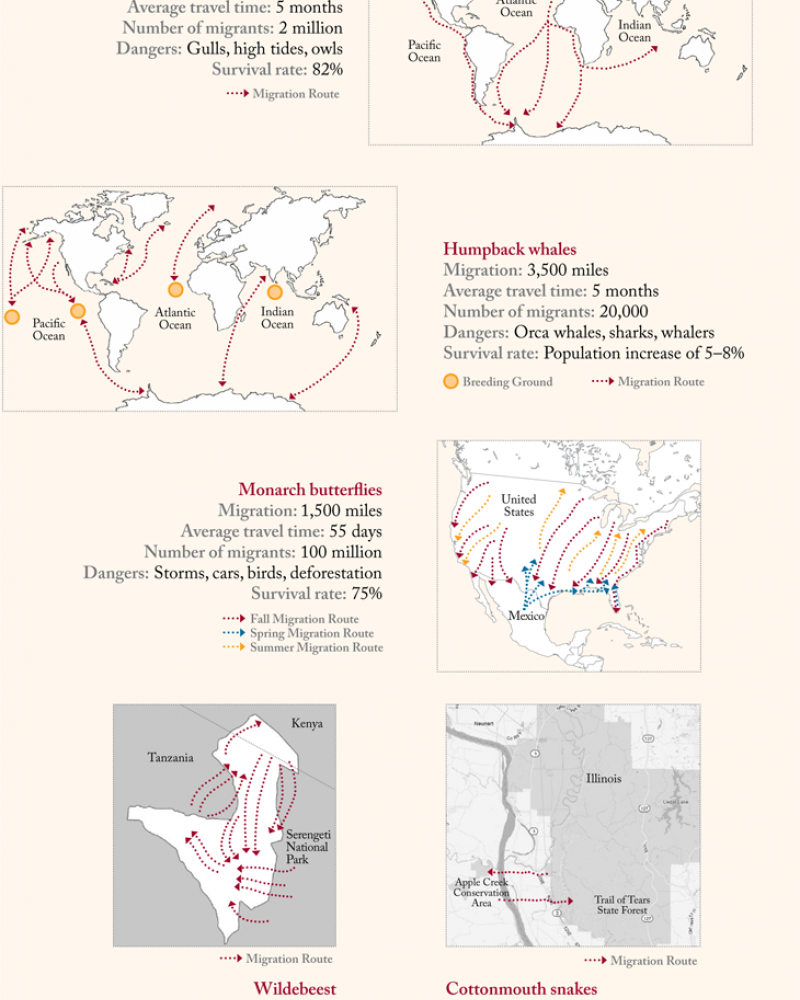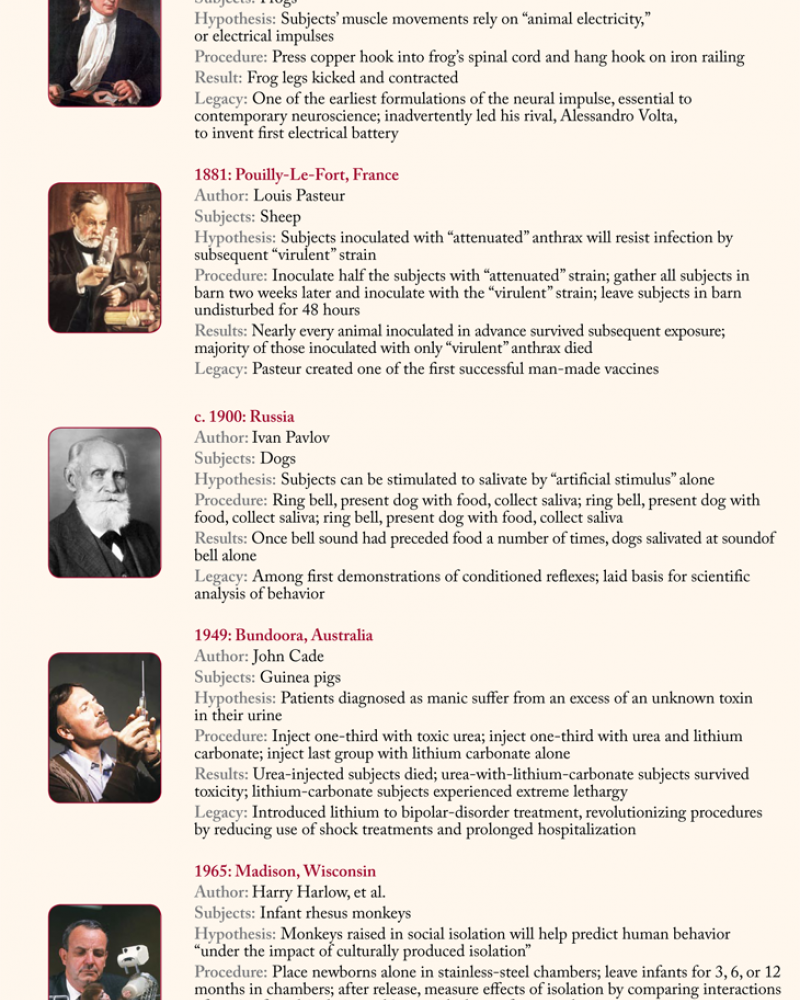Miscellany
In the “Those That Will Work” section of Henry Mayhew’s London Labor and London Poor, published in 1861, there is a profile of Jack Black, whose self-appointed title was “Rat and Mole Destroyer to Her Majesty.” In addition to exterminating vermin royal and common, Black kept a collection of rats, which included a rare white one. Noting the white rat’s popularity with audiences, he bred it to sell the offspring; novelist Beatrix Potter is believed to have bought her albino rat Samuel Whiskers from the exterminator. It is speculated that the majority of albino rats, the variety most often used in science experiments, are descended from Black’s original pet.


